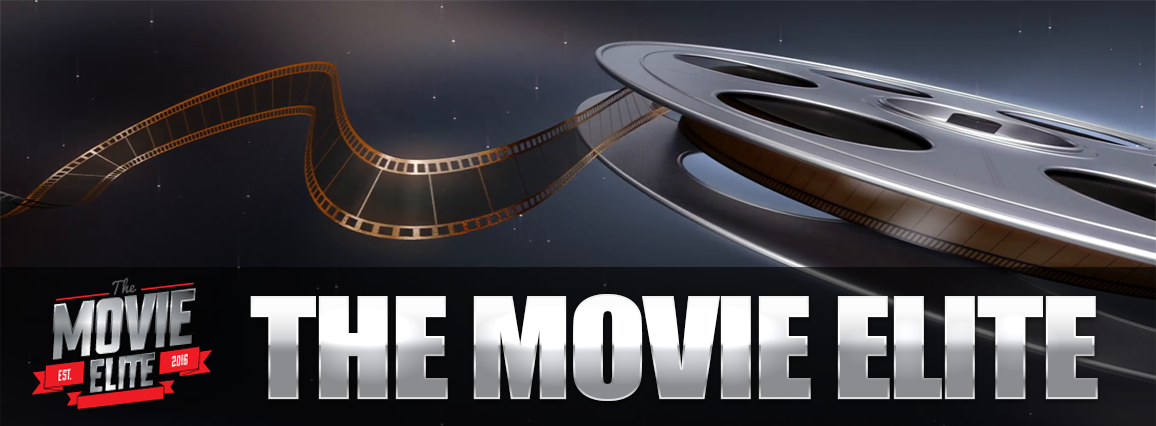Classic
Summary
An always relevant drama that never holds back on its edgy action/mystery and hard-hitting philosophical discussions despite inevitable cast and plot change-ups.
Plot: In the longest-running spin-off of L&O, the NYPD’s 16th Unit focuses on sexual crimes, domestic abuse, hostage rescues, serial killers, and political/societal issues. Like the previous installments, the material is inspired by headlines. Lead by Capt. Cragen (Dann Florek, Hard Rain), the show follows the personal drama and crime-solving skills of detectives Benson (Mariska Hargitay, The Perfect Weapon), Stabler (Chris Meloni, Bound), Tutuola (Ice-T, Trespass) and Munch (comedian Richard Belzer), the latter of who previously appeared on Homicide: Life on the Street.
Review:
Seasons 1-12 (The Stabler Years):
Season 1 deals with introducing the squad, how they handle these disturbing cases and ends with them undergoing personal review. Season 2 has some squad changes as the team starts adjusting to the morbid nature of their assignments while having the court cases be lead by ADA Cabot (Stephanie March) and introducing new CSU forensics and psychiatrists. Seasons 3 thru 4 show more heartbreaking reveals and thrilling chases for the unit while Season 5 introduces by-the-book ADA Novak (Diane Neal). Season 6 thru 7 introduce more legal focus and up-to-date contemporary crimes while Season 8 introduces a new detective and doctor each while showcasing that one of the detectives are in deep legal trouble. Season 9 goes for more moodily lit visuals while often showcasing on unusual barbaric behavior and abortion-related crimes. Season 10 deals with more cat-and-mouse intrigue and has stories outside the usual boundaries. Season 11 and 12 feature new and returning attorneys while having 3 beloved characters leave in the latter season.
Starting off early on in the show’s run, it was apparent that it had much to measure up to by featuring elements and characters from two acclaimed crime shows. It was making good use of cross-cutting editing showing the simple passage of time and the usual notable camerawork. It had the cast and characterizations geared up and some slow moments but nothing that dragged.
While a more personal look at detectives, much like the long-running NYPD Blue, this series decided it had to have more grit, unexpected yet well-done off-color humor and other crime subject matter that rarely got brought up, especially in fiction. It featured buddy cops bonding but this was no Lethal Weapon knock-off. It had serial killers and playing cat-and-mouse but it was def not a Se7en rip-off. If anything, most of the episodes were far more plausible versions of Speed, Heat and Die Hard With a Vengeance given their extra social commentary, New York culture, different kinds of suspects, calculated manhunts and always dense crime-solving, all while being its own spin on once familiar crime mystery subject matter. The show was no longer just a “whodunit” guessing game and it also had a new plot structure each time instead of doing only what the original did where it was part-crime solving, part-court room arguments. It was now a new everything each time but it wasn’t taking its sweet time to learn what worked and what didn’t. Instead it learned fast and kept giving enough personal drama for each character so that whenever an inevitable shocking subplot came up or a castmember ended up exiting, it all clicked and flowed naturally as opposed to feeling rushed and like the cast and crew were sleepwalking half the time.
This made sense as it eventually wasn’t the only L&O spin-off on the air so it had to keep raising the bar (no pun intended) and it was already past justifying its own existence to where now it had to have enough new stuff happening each year. There was some freaky yet thrilling stuff yet somehow it kept it raised to a rare level of maturity so that it didn’t just feel Hollywood-ish or even gratuitous in nature. So many formulas had been done especially in its predecessors so it decided to try out many styles, and if it repeated certain styles then it added extra twists. And then it tried different twists each time and organized every element so that even if you didn’t care for a certain episode’s intro or resolution, you’d be crazy to still not applaud the overall effort that went into all of it.
Still inspired by every headline and getting more graphic, this show was hardly relying on just those two gimmicks. Since it was a very personal show in the topics it detailed (and not “dum, dum”), it also allowed more character and world building. And since every episode went a different direction, it was not one to be dubbed as a repetitive formula. It got to the point where there was now a rivalry between it and the original show at times, and that could never be helped. It was never a hostile relationship and was only showing viewers that this franchise didn’t want to fool around in its job to entertain. Seasons 5 and 7 are the seasons best known for receiving awards and while they are beyond worthy of such accolades, all the beginning 12 seasons have their own compelling delivery and are wonderfully organized and it’s the rare kind of fascinating despite the often-depressing atmosphere.
Seasons 13-21 (The Rollins Years):
Season 13 introduces us to new detectives like Amaro (Danny Pino, The Shield) and Rollins (Kelli Giddish, Chase) – and more as it continues on – while seeing the return of cocky Det. Cassidy (Dean Winters, Oz) from Season 1. Season 14 thru 19 continually feature more crime cases that last most of each season only to be wrapped up in the following one. There is also a bigger focus on the legal matters and even sees the various detectives being promoted through their respective ranks. There are also characters and cross-over episodes involving the Chicago P.D./Justice spin-off shows. Season 20 thru 21 downsize the squad even more while focusing on far more recent real-world and politically dividing type cases.
